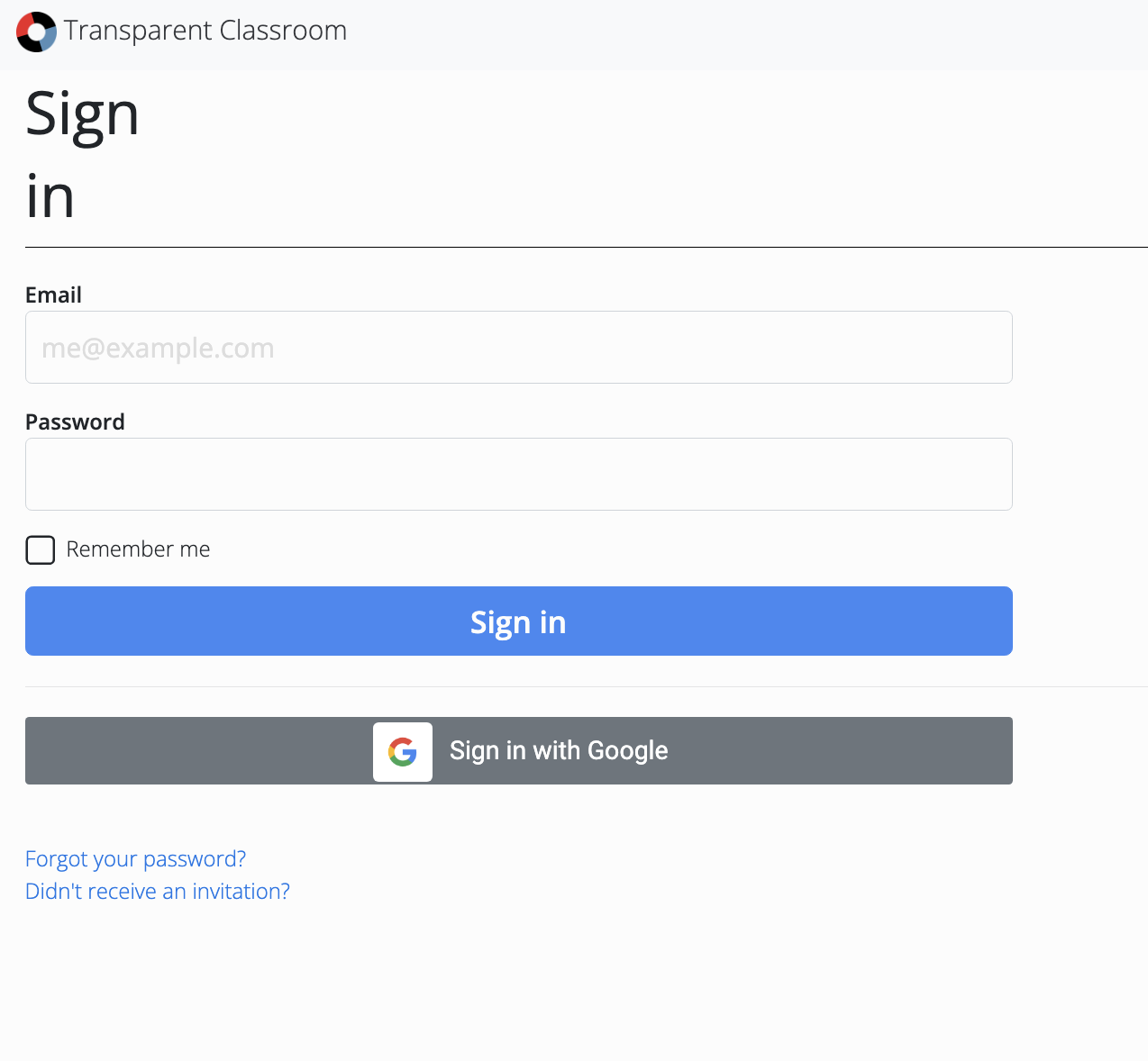-
The Montessori curriculum for the children aged 18 months to 3 years serves as a base on which further development can be built.
Overall, the curriculum for toddlers focuses on providing a nurturing and stimulating environment where children can explore, discover, and learn at their own pace, guided by their natural curiosity and interests. The emphasis is on creating a supportive and respectful atmosphere that promotes independence, confidence, and a love for learning from the earliest stages of development. Activities include self expression, manipulatives, stereognostic exploration and language and practical life activities including washing, polishing, carrying, and so on.
-
The primary transparent curriculum matches the primary training that guides have undergone. The categories of practical life and sensorial are very thorough. You will see that sitting, walking, carrying, pouring all feature in a child’s practical life learning.
Both sensorial and practical life lessons in Montessori education are interwoven into the curriculum and play a crucial role in the child's overall development. They provide opportunities for children to engage in purposeful, hands-on learning experiences that promote independence, concentration, coordination, and order while also laying the foundation for academic learning. Additionally, these activities help children develop a sense of responsibility, respect for themselves and their environment.
In both language and mathematics, the primary teacher serves as a facilitator, guiding children through individualized lessons based on their interests, abilities, and developmental readiness. The materials are carefully designed to encourage independent exploration and self-correction, allowing children to learn at their own pace and develop a deep and meaningful understanding of the concepts being taught. Through hands-on experiences and engaging activities, children in Montessori primary classrooms develop not only academic skills but also critical thinking abilities, creativity, and a lifelong love for learning.
-
There are over 1400 lessons in the elementary, six-year curriculum. It is ENORMOUS! Many lessons are linked to, and often dependent upon, those that came before. However, every child does not need to receive every single lesson. These are all part of the elementary guide’s repertoire, and they exist so that the guide can be ready to offer almost any nuance of the curriculum to a child, depending on where they are in their development.
-
Overall, the adolescent Montessori program recognizes adolescence as a critical period of growth and transformation, providing adolescents with the support, resources, and opportunities they need to fulfill their potential and make meaningful contributions to society.
The program aims to provide a rich and purposeful learning environment that fosters independence, self-discovery, community engagement, and academic excellence.
Academic rigor is part of preparing adolescents for their next phase in education. The curriculum maintains academic rigor, covering core subjects such as mathematics, language arts, sciences, history, and cultural studies, and is mapped to the common core. However, the approach is interdisciplinary and often integrates subjects to provide a holistic understanding of concepts.


